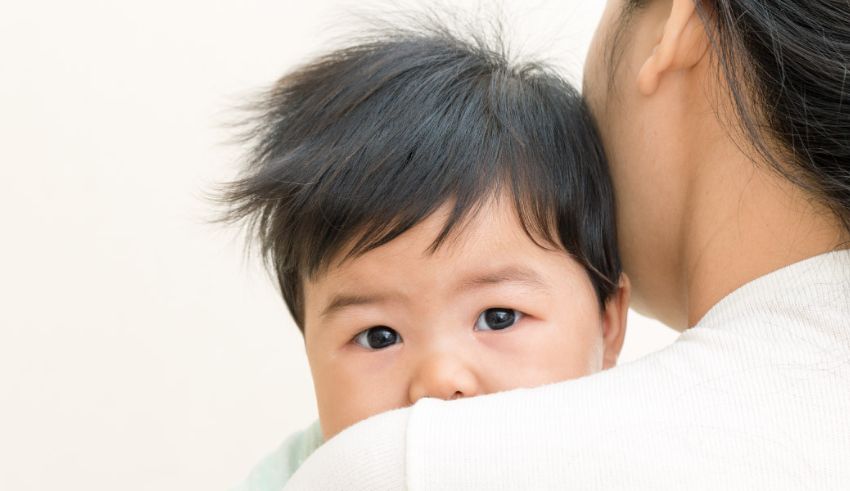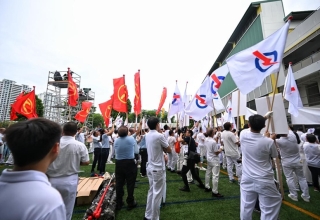
South Korea has the world’s lowest fertility rate, which means that the average number of children a woman is expected to have in her lifetime is far below the level needed to maintain a stable population. According to the latest data from Statistics Korea, the fertility rate in South Korea fell to a record low of 0.72 in 2023, down from 0.78 in 2022.
This is well below the replacement rate of 2.1, which is the minimum required to prevent population decline. The low fertility rate has serious implications for South Korea’s economy and security, as it leads to a shrinking and aging population, a declining workforce, and a rising dependency ratio.
Causes of Low Fertility
There are various factors that contribute to the low fertility rate in South Korea, such as social, economic, and cultural changes. Some of the main causes are:
- Delayed marriage and childbearing: Many South Koreans, especially women, are postponing marriage and parenthood due to their pursuit of higher education and career opportunities, as well as their preference for personal freedom and independence. The average age of first marriage for women in South Korea rose from 24.8 in 1990 to 30.4 in 2020. The average age of first childbirth for women also increased from 26.4 in 1990 to 32.1 in 2020.
- High cost of living and childcare: Many South Koreans, especially young couples, are deterred from having children due to the high cost of living and childcare in the country. South Korea has one of the highest housing prices and education expenses in the world, as well as a low public spending on family welfare and support. The average monthly cost of raising a child in South Korea was estimated at 1.5 million won ($1,300) in 2019, which is equivalent to about 40% of the median household income.
- Gender inequality and discrimination: Many South Korean women face gender inequality and discrimination in the society and the workplace, which affect their fertility decisions and outcomes. South Korea has the worst gender pay gap and the lowest female labor force participation rate among the OECD countries. Many women also experience difficulties in balancing work and family responsibilities, and often face pressure and stigma for being working mothers or single mothers.
- Low social trust and happiness: Many South Koreans, especially young people, have low levels of social trust and happiness, which influence their attitudes and behaviors toward marriage and parenthood. South Korea has one of the lowest levels of social trust and happiness among the OECD countries. Many young people also suffer from stress, depression, and anxiety, and have a pessimistic outlook on the future.
Keep Reading
Consequences of Low Fertility
The low fertility rate in South Korea has serious consequences for the country’s economy and security, such as:
Shrinking and aging population: The low fertility rate leads to a decline in the total population and an increase in the proportion of elderly people. According to the UN projections, South Korea’s population will peak at 51.7 million in 2028, and then drop to 39.3 million by 2060. The share of people aged 65 and over will rise from 15.7% in 2020 to 46.5% by 2060.


























